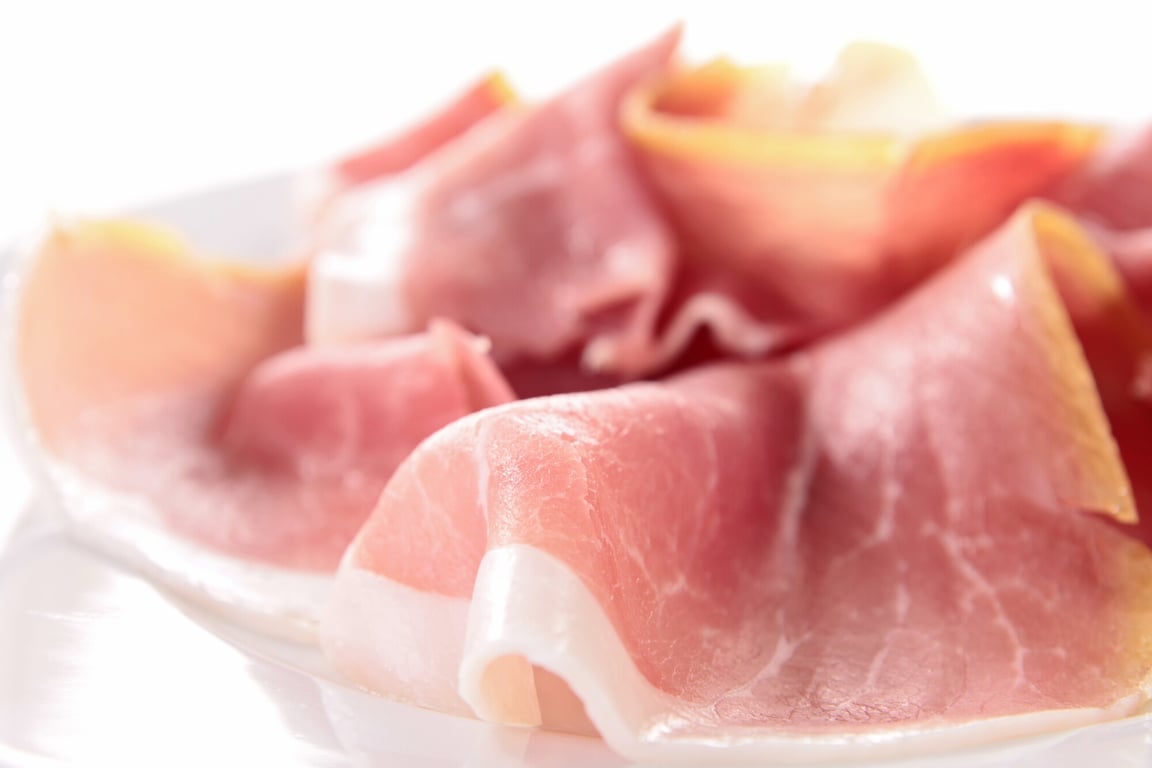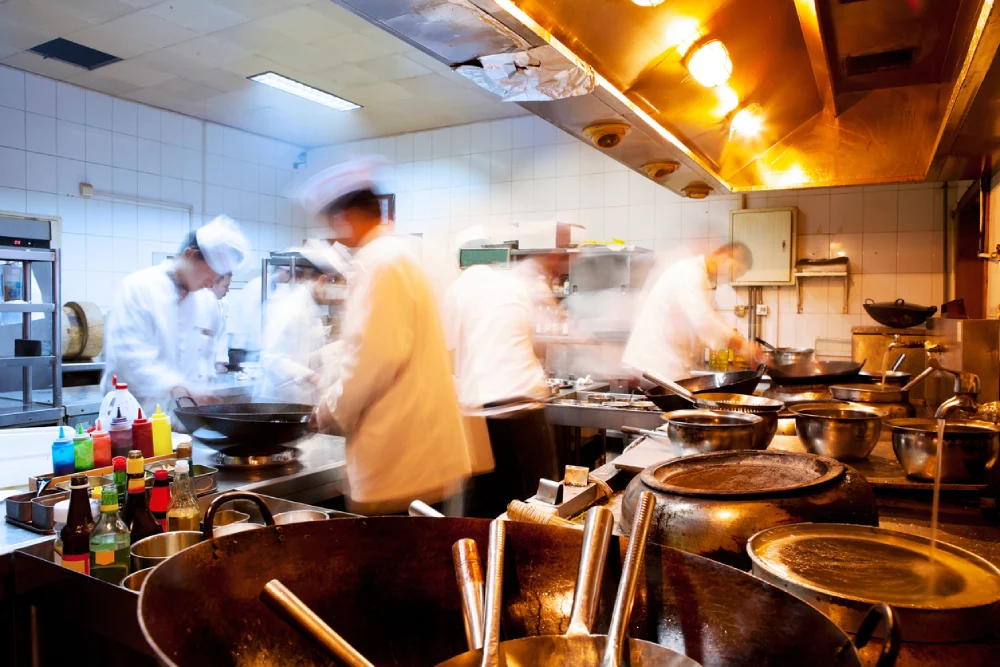By using our website, you agree to the use of cookies as described in our Cookie Policy
A Look Into the History and Process of Curing Prosciutto Ham

According to Taste Atlas, Italian foods dominated the culinary scene in 2022, garnering the most votes from readers in a world cuisine rankings poll.
Prosciutto, famed for its careful selection and production processes, stood out as one of the delicacies associated with this foodie destination.
For true food connoisseurs, there's no substitute for traditional prosciutto. So, as a gourmet ham distributor, it's in your best interest to know every intricate detail surrounding your prosciutto products.
Keep reading to uncover the process of curing prosciutto and how it impacts this product.
Eight Vital Steps for Curing Prosciutto
In pre-Roman times, the only way to ensure a regular meat supply during the winter was to preserve meat by dry-aging or smoking it. The word 'prosciutto' refers to the meat created in this process and comes from the Italian word asciutto, which means 'to dry'.
Thanks to the favorable climate, Italian villagers soon mastered the art of creating prosciutto that is long-lasting, nutritious, and above all, delicious.
This process remains largely unchanged since those early times and comprises eight major steps:
1. Selecting the Finest Meat
Great gourmet meats begin with the finest animals. Authentic prosciutto comes from just three breeds of pig, namely:
- Large White
- Landrace
- Duroc
The meat from these pigs has superior marbling and plenty of intramuscular fat. Farmers compound this by feeding their animals a highly specialized diet comprising premium grains, abundant grazing, and whey from Parmigiano Reggiano production.
Farmers must raise their livestock according to strict animal welfare regulations under the supervision of official veterinary surgeons.
2. Tagging the Meat
When the pigs reach 160 kg, the farmers slaughter them according to accepted humane practices. They must hang the meat for at least 24 hours before they can begin the curing process.
After this, the pigs' thighs, cut above the hock, make their way to the processing plant, branded with a stamp to identify their farm of origin. When the meat reaches the prosciutto curing facility, workers attach a metal tag to it to record the date the curing process started.
3. Salting the Pork
The next step is salting the meat. A maestro salatore (master salter) performs this task by hand, using a minimal amount of pure sea salt.
They place the salted meat in a refrigerator at a temperature of between 34°F and 39°F for a week before adding a second, thin coating of salt. Then, the meat goes back into the refrigerator for 15 to 18 days, depending on its weight.
No other preservatives ever come into contact with prosciutto ham.
The salt is sufficient to draw out moisture and blood while sealing the meat against bacteria. It also concentrates the flavors of the pork.
4. Resting the Meat
After the initial salting, workers brush off the excess salt and place the pork in a dry room for 60 to 80 days to breathe.
Constant airflow through the cell assists in drying the meat and helps the salt penetrate deeply.
5. Rinsing and Drying the Meat
After this initial resting period, workers wash the meat with warm water to remove any impurities. They hang the thighs from frames, called 'scalere', in large, well-ventilated rooms for about three months.
6. Greasing the Surface of the Ham
The exposed surface of the hams hardens during the drying process. To improve the texture of the ham, workers spread layers of pork fat, salt, and pepper on the outside surfaces to keep them supple and moist.
They complete this process by hand, making sure to cover every inch of the exposed areas.
7. Aging Stage
After seven months of these careful preparations, the thighs move to cellars called cantine. Here, they undergo a lengthy maturation process.
Traditionally, this phase took twelve months, but recent amendments to EU legislation increased the maturation period to 14 months.
8. Quality Checks
An inspector called a 'spillatore', performs an olfactory exam, i.e., a sniff test, on each cured ham. Despite modern advancements, they still use a thin needle made from a horse's fibula to carry out this exam.
The horse bone is extremely porous, so it captures aromas and releases them quickly. This means the inspector can move quickly from ham to ham, checking for signs of decay, without changing needles.
The inspector firebrands each qualifying ham with the traditional crown symbol associated with genuine prosciutto.
Once they've passed the test, the hams remain in the cool depths of the cellars until needed.
Types of Prosciuttos
All types of Italian prosciutto fall into one of two categories: prosciutto crudo or prosciutto cotto. Prosciutto crudo is the uncooked, cured version, while prosciutto cotto is the cooked variety.
Over time, preserved meats from some areas started to stand out, with Prosciutto di Parma gaining a reputation for its excellent quality and taste. That's due to the air and climate of the Parma province imparting unique flavors to the meat.
Only ham that hails from the Parma province may bear the name Prosciutto Di Parma. Other varieties of prosciutto include Prosciutto di Carpegna, Prosciutto di San Daniele DOP, Prosciutto Toscano, and Prosciutto di Modena.
Each of these meats has unique characteristics based on local conditions and slight variations in the curing process.
Varieties of prosciutto made outside of Italy don't conform to the same standards as the Italian version and won't bear Italian certification.
More Gourmet Delights
Now that you know about the intensive, hands-on process involved in curing prosciutto, it's easier to appreciate the high price of this delicacy and explain it to your customers.
Our company focuses on serving production and distribution businesses across the gourmet food industry.
Not only do we source and supply the highest quality meat, seafood, cheese, dairy, vegetable, and canned products, but we can also help you market and grow your food distribution or production business.
Contact our team of food experts today and start your journey toward culinary excellence.
‹ Back








